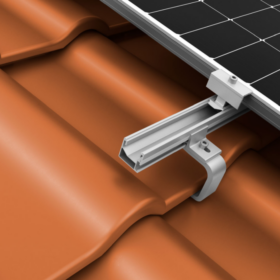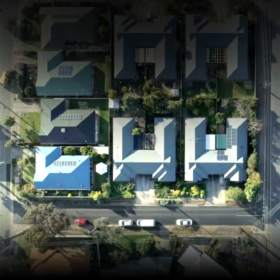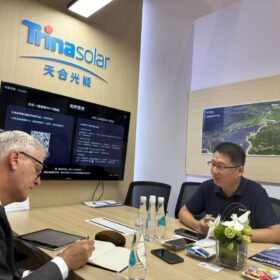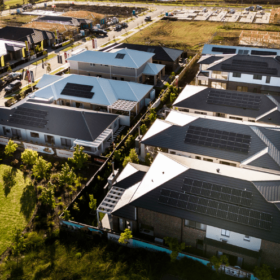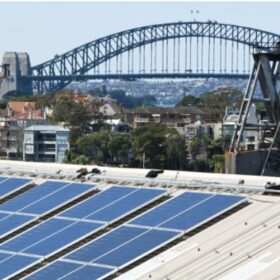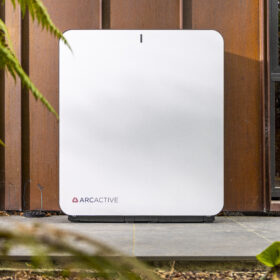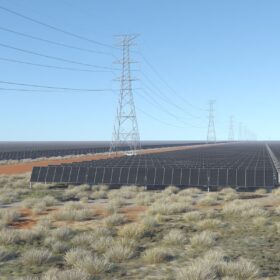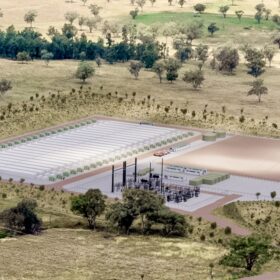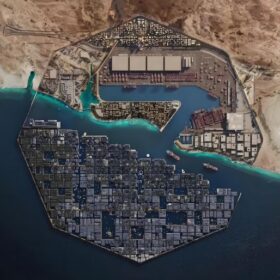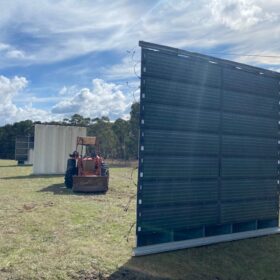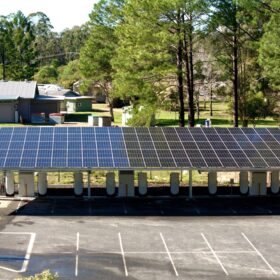Four-year outdoor testing shows perovskite cells suffer from high seasonality
Testing conducted by the Helmholtz-Zentrum Berlin in Germany has shown that perovskite solar cells operating at high latitudes in Europe may suffer from higher performance losses in winter compared to conventional PV devices. The scientists warned, however, that at lower latitudes this seasonality may be less pronounced.
K2 Systems unveils new pitched roof mounting solutions
K2 Systems has introduced two new pitched roof mounting components for residential solar: the SingleHook 3S Light, made of aluminum and stainless steel; and the InsertionRail 2.0, an aluminum mounting rail.
AGL acquires South Australia virtual power plant from Tesla
Australia’s largest energy gentailer AGL has bought 100% of South Australia’s public housing virtual power plant from Tesla with intentions to integrate it with its VPP network on the east coast.
NSW green bank backs energy projects with $1 billion purse
The New South Wales government’s new green bank is now open for business with an initial $1 billion In funding available to accelerate key energy projects to support the state’s shift from coal-fired power generation to renewables.
How albedo interacts with rooftop PV system patterns
Researchers have simulated 160 cases of PV rooftop installation in southern and northern Italy. Among changing parameters were size and type of the panels, as well as their roof cover rate. The considered albedos were 20%, 40%, 60%, and 80%, representing different types of roof materials.
Trinasolar targeting ‘high-value’ markets
Yang Bao, Trinasolar’s president of global sales and marketing, recently spoke with pv magazine about the company’s strategy for the solar and energy storage business.
The solar battery rebate scheme must not become ‘Pink Batts 2.0’
The Albanese Government’s $2.3 billion solar battery rebate scheme is one of the most exciting developments Australia’s energy sector has seen in years but if we don’t get the rollout right from day one, we risk undermining everything this scheme stands for and repeating the disastrous mistakes of the Pink Batts program.
New South Wales councils not waiting for government to mandate electrification
With just 54 months until New South Wales reaches its 2030 50% emissions reduction target, five councils are taking matters into their own hands to mandate the electrification of all new buildings, except industrial.
The best tilt angle to improve PV system performance on low-income housing
Researchers have demonstrated that the theoretical optimal tilt for rooftop solar energy production in low-cost buildings in Nigeria is approximately 5.67°. Their modeling suggests to adopt south-facing roofs for PV generation in the southern hemisphere.
Discounts don’t buy home battery trust in rebate landscape: study
A new study out of Curtin University in Perth has found that despite growing affordability from government rebates, Australian households hesitate to adopt home batteries due to significant non-financial barriers.

